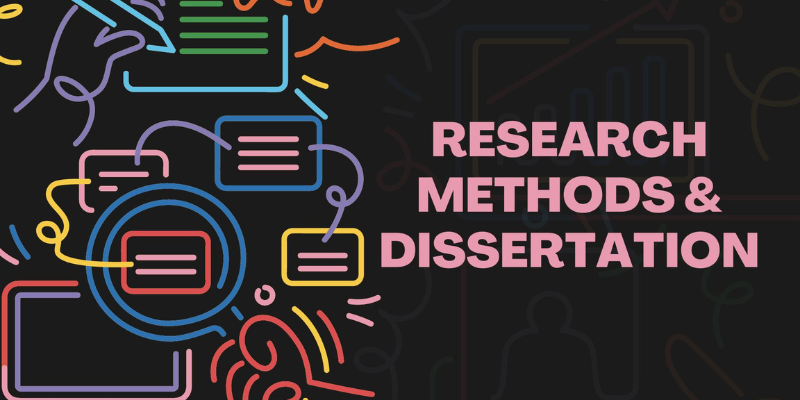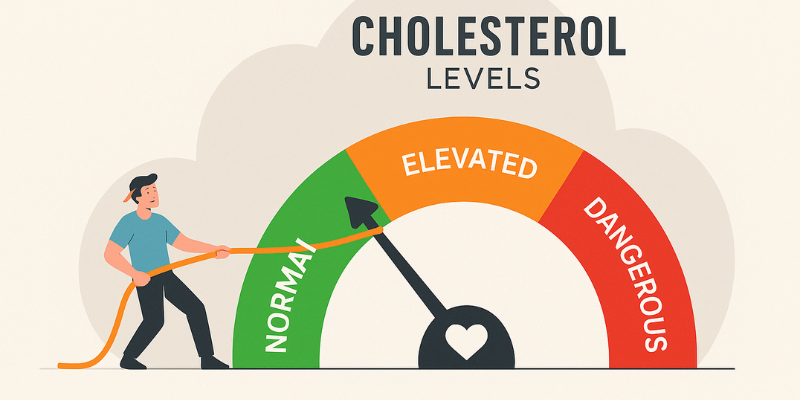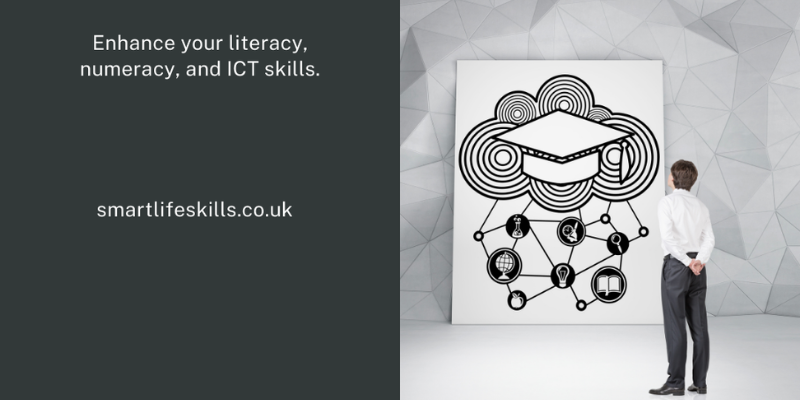Conflict is an inevitable aspect of workplace dynamics, often arising from differing perspectives, misunderstandings, or competition for resources. However, when managed effectively, conflict can lead to innovative solutions, strengthened relationships, and improved team dynamics. The key lies in employing strategies that transform potential discord into productive dialogue. This article explores seven strategies to master conflict in the workplace, drawing on insights from scholarly research, expert opinions, and practical frameworks.
1.0 Address Issues Early
One of the most critical strategies in conflict management is to address issues before they escalate. As noted by Robbins and Judge (2013) in their book Organisational Behaviour, early intervention prevents conflicts from spiralling out of control and helps in maintaining a positive work environment. Proactively identifying potential conflicts and creating a safe space for team members to voice their concerns can mitigate the risk of prolonged disputes. Prevention, as the adage goes, is better than cure, and this is especially true in managing workplace conflicts.
2.0 Hear What’s Really Being Said
Active listening is crucial in conflict resolution. According to Rogers and Farson’s (1979) concept of Active Listening, truly understanding the other party’s perspective is essential for effective communication. By allowing the other person to speak uninterrupted and using paraphrasing techniques to confirm understanding, one can clarify the root of the disagreement. This approach, discussed in detail by Covey (2004) in The 7 Habits of Highly Effective People, emphasises focusing, understanding, and then responding, thereby reducing the chances of miscommunication.
3.0 Separate the Person from the Problem
Conflict often intensifies when personal attacks are involved. Fisher, Ury, and Patton (2011) in Getting to Yes: Negotiating Agreement Without Giving In suggest separating the person from the problem. This strategy focuses on the issue at hand rather than the individuals involved, fostering a more objective discussion. By emphasising teamwork and collective problem-solving, parties can work together to find solutions, rather than becoming entrenched in adversarial positions.
4.0 Focus on Interests, Not Positions
In their negotiation classic, Fisher et al. (2011) argues that focusing on underlying interests rather than rigid positions allows for more flexible and creative solutions. By asking open-ended questions to uncover what truly matters to each party, conflicts can be reframed as shared challenges to overcome together. This shift in perspective encourages collaborative rather than competitive interactions, making it easier to reach mutually beneficial outcomes.
5.0 Design Win-Win Solutions
The goal of conflict resolution should be to design solutions that benefit all parties involved. As demonstrated by Thomas and Kilmann (1974) in their Conflict Mode Instrument, collective brainstorming can identify options that satisfy the needs of all parties. Ensuring that the solutions are realistic and sustainable is key to their success. A win-win approach, where everyone feels they have gained something, fosters a sense of accomplishment and strengthens team cohesion.
6.0 Use Emotional Intelligence
Emotional intelligence (EI) plays a pivotal role in managing workplace conflicts. Goleman (1995), in his seminal work Emotional Intelligence, argues that understanding and managing one’s emotions, as well as those of others, is crucial in conflict situations. By not dismissing the emotions of others and mastering one’s own, individuals can remain calm and effective in the face of conflict. Vulnerability and openness can build trust, facilitating more honest and constructive conversations.
7.0 Bring in a Mediator if Needed
Sometimes, conflicts may escalate beyond the control of the involved parties, necessitating the involvement of a neutral third party. Bercovitch and Jackson (2009) in Conflict Resolution in the Twenty-first Century highlight the effectiveness of mediation in such cases. A mediator with the right skills and authority can help facilitate dialogue, ensuring that the conflict is resolved in a manner that is fair and acceptable to all parties.
Mastering conflict in the workplace requires a proactive and thoughtful approach, grounded in proven strategies and supported by effective communication and emotional intelligence. By addressing issues early, listening actively, and focusing on interests rather than positions, teams can navigate conflicts constructively. Designing win-win solutions and, when necessary, involving a mediator, further ensures that conflicts lead to positive outcomes rather than prolonged discord. Through these strategies, organisations can foster a more collaborative and harmonious work environment.
References
Bercovitch, J., & Jackson, R. (2009) Conflict Resolution in the Twenty-first Century. University of Michigan Press.
Covey, S. R. (2004) The 7 Habits of Highly Effective People: Powerful Lessons in Personal Change. Free Press.
Fisher, R., Ury, W., & Patton, B. (2011) Getting to Yes: Negotiating Agreement Without Giving In. Penguin Books.
Goleman, D. (1995) Emotional Intelligence: Why It Can Matter More Than IQ. Bantam Books.
Robbins, S. P., & Judge, T. A. (2013) Organisational Behaviour (15th ed.). Pearson Education.
Rogers, C. R., & Farson, R. E. (1979) Active Listening. Chicago: University of Chicago.
Thomas, K. W., & Kilmann, R. H. (1974) Thomas-Kilmann Conflict Mode Instrument. Xicom, Incorporated.













